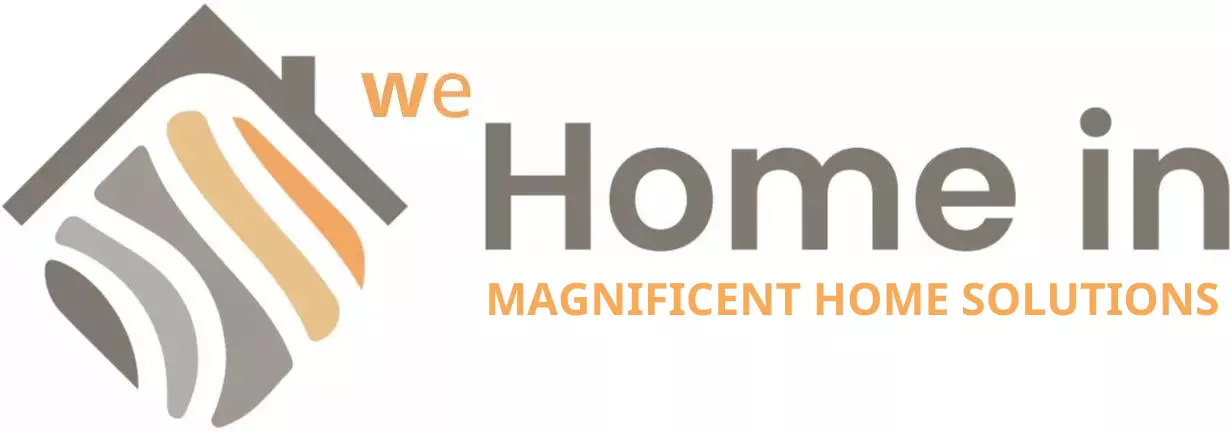Insulation Materials and Adhesives When it comes to home improvement, insulation materials and adhesives play crucial roles in enhancing energy efficiency, comfort, and structural integrity. From keeping your home warm in the winter to ensuring that everything stays in place, understanding the various types and applications of these materials can make a significant difference. In this blog, we’ll delve into the different types of insulation materials and adhesives, their benefits, and best use cases.
Insulation Materials
Insulation is essential for maintaining comfortable indoor temperatures and reducing energy costs. Here are some of the most popular types of insulation materials:
1. Mineral Wool (Rock Wool and Glass Wool)
- Description: Made from natural minerals or recycled glass, mineral wool provides excellent thermal and acoustic insulation.
- Benefits: Fire-resistant, easy to install, and resistant to moisture and mold.
- Applications: Suitable for walls, floors, and ceilings in both residential and commercial buildings.
2. Polyurethane Foam
- Description: A foam insulation that can be sprayed into walls, floors, and ceilings to provide an effective barrier against heat loss.
- Benefits: Airtight seal, strengthens the structure, and has a long lifespan.
- Applications: Ideal for insulating irregularly shaped areas and for enhancing the structural integrity of buildings.
3. Cellulose Insulation
- Description: Made from recycled paper products, cellulose insulation is often used as loose-fill insulation.
- Benefits: Environmentally friendly, provides good thermal performance, and is fire-retardant and pest-resistant.
- Applications: Commonly used in attics and wall cavities.
4. Expanded Polystyrene (EPS) and Extruded Polystyrene (XPS)
- Description: Both are types of foam insulation with good thermal properties; EPS is less dense than XPS.
- Benefits: Lightweight, moisture-resistant, and easy to handle.
- Applications: Suitable for foundations, walls, and roofs.
Adhesives
Adhesives are essential in construction and DIY projects for bonding materials and ensuring durability. Here are some commonly used adhesives and their applications:
1. Silicone Adhesives
- Description: Flexible and waterproof, silicone adhesives are widely used for sealing and bonding.
- Benefits: Weather-resistant, high flexibility, and durable.
- Applications: Ideal for use in bathrooms, kitchens, and around windows and doors.
2. Epoxy Adhesives
- Description: Comprising a resin and a hardener, epoxy adhesives create very strong bonds.
- Benefits: High strength, chemical and moisture resistance, and excellent for structural repairs.
- Applications: Perfect for bonding metals, plastics, and wood in both construction and repairs.
3. Polyurethane Adhesives
- Description: A versatile adhesive known for its strong bonding capabilities and moisture resistance.
- Benefits: Bonds to a wide range of materials, flexible after curing, and durable.
- Applications: Commonly used in woodworking, construction, and automotive repairs.
4. Cyanoacrylate Adhesives (Super Glue)
- Description: Fast-drying adhesive that creates strong bonds in seconds.
- Benefits: Quick setting, strong bond on various materials, and easy to use.
- Applications: Suitable for small repairs and bonding plastics, metal, and ceramics.
Choosing the Right Materials
Selecting the appropriate insulation and adhesives depends on the specific requirements of your project. Consider the following factors:
- Location: Different materials are suited for different areas. For instance, polyurethane foam is excellent for irregular spaces, while mineral wool is great for broad applications.
- Environment: Consider moisture levels, temperature ranges, and exposure to elements when choosing materials.
- Budget: Both insulation materials and adhesives come in a wide price range. Determine your budget and balance cost with performance.
- Ease of Installation: Some materials are easier to install than others. Factor in the complexity of installation and whether professional help is needed.
Conclusion
Insulation materials and adhesives are fundamental to the efficiency and durability of any building project. By understanding the types and benefits of these materials, you can make informed decisions that will enhance the performance and longevity of your home or workspace. Whether you’re aiming to improve energy efficiency or ensure strong, lasting bonds, the right insulation and adhesives are key to successful projects. Invest in quality materials, and enjoy the benefits of a well-insulated, securely bonded environment for years to come.
You can read also Insulation and Adhesives from here .


